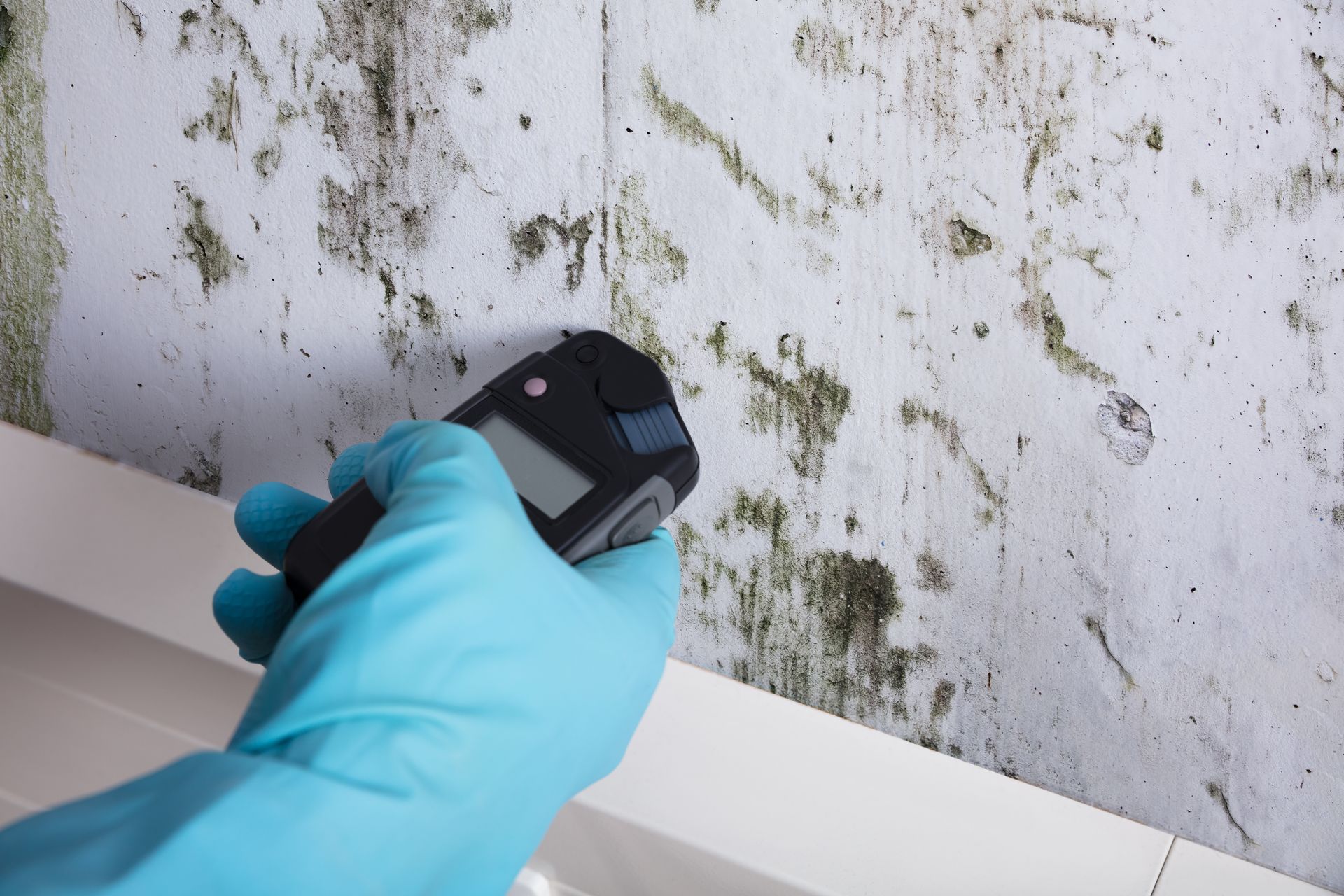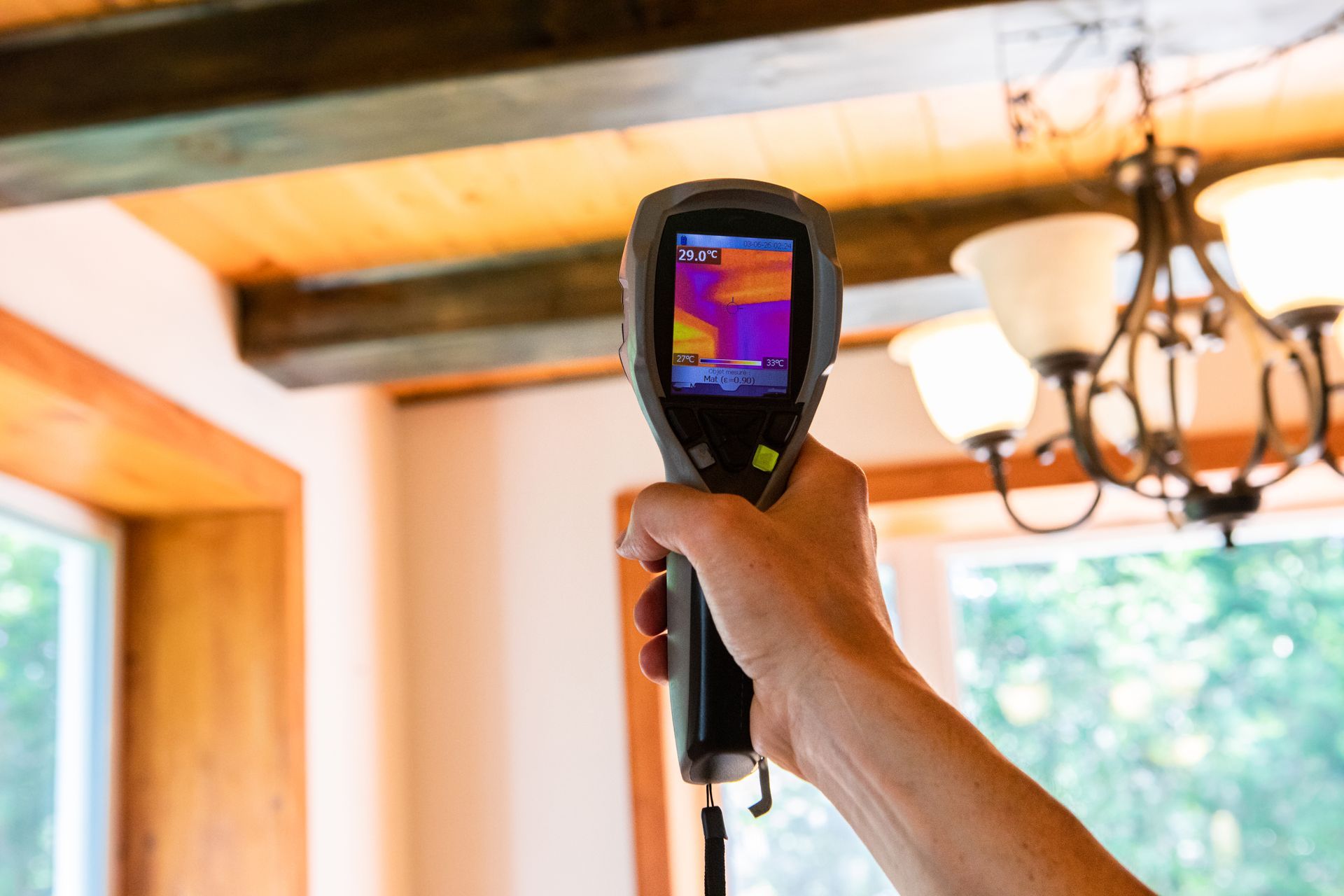Why Drying Isn't Enough: The Persistent Threat of Mold in Water-Exposed Drywall
Across the vibrant neighborhoods of Western Massachusetts and the serene communities of Hartford County, CT, homeowners cherish their living spaces. But beneath the well-decorated interiors and freshly painted walls lies a potential hazard, often unnoticed until it's too late. When drywall encounters water, merely drying it out isn't the full solution. The silent intruder called mold can linger on, posing challenges even after the water has evaporated.
Unseen Dangers of Damp Drywall
The integrity of a home is built upon its foundational structures, and walls are crucial components of that structure. While a wall may appear dry on the surface, the porous nature of drywall can trap moisture within, creating a hospitable environment for mold growth. In the warm summer months in New England, humidity combined with trapped moisture can accelerate this growth. Before homeowners realize it, a minor water leak or dampness can escalate into a full-blown mold infestation behind their walls. Addressing the root cause and not just the visible symptom is essential for the longevity of the home and the health of its inhabitants.
Causes of Moisture in Drywalls

Understanding the root causes of moisture in drywalls can be instrumental in preventing mold growth and ensuring the structural integrity of a home. Here are some of the most common causes of moisture in drywalls:
- Plumbing Leaks: Perhaps the most direct cause of wet drywall, plumbing leaks, whether hidden within walls or manifesting from faulty fixtures, can lead to prolonged exposure of drywall to moisture.
- Poor Ventilation: Rooms like bathrooms and kitchens that generate a lot of moisture need good ventilation. Without adequate airflow, the moisture can be absorbed by the drywall, creating damp conditions ideal for mold growth.
- Flooding: Basements or ground floor rooms are prone to flooding, especially during heavy rainfall or due to poor drainage. Even if the water is removed promptly, if the drywall has been submerged, it can retain moisture long after the flood.
- Roof Leaks: A leaking roof can cause water to seep into the home's structure. This moisture can travel down and get absorbed by drywall, often undetected until visible damage appears.
- High Humidity: Areas with high ambient humidity can naturally have more moisture in the air. This moisture can condense on cooler walls, especially during colder months, leading the drywall to absorb it.
- Foundation Issues: If the home's foundation has cracks or isn't properly waterproofed, moisture can seep in from the ground, especially after a rain, and rise through the walls.
- Appliance Malfunctions: Household appliances like washing machines, dishwashers, or water heaters can sometimes leak or cause water spillage. If this water reaches the walls, it can cause the drywall to become damp.
- Window and Door Leaks: Poorly sealed or aging windows and doors can let in rainwater or even just daily moisture, leading to wet spots on adjacent drywalls.
Why Mold Grows Behind Damp or Wet Drywall
Drywall, a ubiquitous material in modern construction, has a hidden vulnerability. When it becomes damp or wet, it presents an ideal breeding ground for mold. But what makes damp drywall so favorable for mold growth? Here's 7 top reasons why mold growth happens behind damp or wet drywall:
- Porous Nature: Drywall is inherently porous. This means that it can absorb and retain moisture easily. Even if the surface of the drywall feels dry to the touch, moisture can still be trapped inside, providing a hospitable environment for mold spores.
- Organic Food Source:
The primary components of drywall are gypsum and the paper backing it's bound with. This paper serves as an organic food source for mold. When combined with moisture, it creates the perfect conditions for mold to thrive.
- Lack of Sunlight:
Mold loves dark, damp places. Drywall, especially behind large furniture or in corners, often remains shaded. This lack of sunlight coupled with moisture creates a favorable micro-environment for mold propagation.
- Limited Air Circulation: The space behind drywall doesn't have much air circulation, especially if insulation is present. Stagnant air can trap moisture, prolonging the dampness and further facilitating mold growth.
- Mold Spores are Everywhere: Mold spores are microscopic and omnipresent in our environment, both indoors and outdoors. They float around in the air and can easily settle on surfaces. When they land on a damp spot on drywall, they find the conditions conducive to start growing.
- Slow Drying Time: Drywall can take a long time to completely dry out, especially if the moisture source isn't immediately addressed. This extended damp period is often more than enough for mold spores to settle and proliferate.
- Compound Effect: Often, the area behind the drywall might have insulation, wood, or other materials. These can also retain moisture and provide additional organic material for mold to feed on, exacerbating the problem.
Common Ways to Determine if You Have Damp Walls or Mold Growth Behind Your Walls

Detecting dampness or mold behind walls early on can save homeowners from potential health risks and costly repairs.
- Musty Odor: A persistent musty or moldy smell is often the first indicator. Mold releases microbial volatile organic compounds (MVOCs) that produce this distinctive odor.
- Wall Discoloration: Look for unusual stains, dark spots, or patches on your walls. Mold often presents itself as black, green, or even red discoloration.
- Peeling Wallpaper or Paint: Moisture can cause paint or wallpaper to bubble, peel, or crack. If the wall covering is coming off or feels damp to the touch, there might be moisture issues.
- Warping or Buckling: Excessive moisture can cause drywall to warp or buckle. If your wall surfaces seem uneven or distorted, it could be a sign of water damage.
- Visible Mold Growth: Even if it's just a tiny spot, visible mold growth on the surface can be an indicator of a larger problem behind the wall.
- Condensation: Presence of condensation on walls, especially near windows or vents, indicates high moisture levels that can lead to mold growth.
- Wall Surface Temperature: Damp walls often feel colder than dry walls. If a particular section of your wall consistently feels cooler to the touch, it might be damp.
- Physical Symptoms: If inhabitants start experiencing allergy-like symptoms such as sneezing, coughing, or itchy eyes, especially when in certain rooms, it could be due to mold spores in the air.
- Use of a Moisture Meter: This handheld device can detect and measure moisture levels in walls. If readings are consistently high in certain areas, it's an indicator of trapped moisture.
- Professional Mold Inspection: If you're still uncertain but suspect mold, consider hiring a professional. They have specialized tools and experience to detect hidden mold and moisture.
Staying vigilant and regularly checking for these signs can help in early detection, preventing extensive damage and ensuring a healthy living environment.
The Need for a Mold Inspection
Relying solely on drying out water-damaged areas can be a grave mistake. Drying may address the immediate wetness, but it does little to counteract the mold spores that could already be growing.
Residents of both Hampden County and Northern Hartford County should consider regular mold inspections, especially after incidents of water exposure. Professional
mold remediation companies delve deeper, using specialized tools to detect hidden mold, even behind drywall. They can pinpoint mold-prone areas, provide guidance on prevention, and recommend remediation strategies if mold is discovered.
Water-exposed drywall requires more than just a drying solution. The hidden threat of mold poses risks to both health and property value. For homeowners, understanding this threat and taking proactive steps to combat it is essential.
If you suspect that your home might be at risk, don't wait. Protect your family, your investment, and your peace of mind. Schedule a mold inspection today and ensure that your home remains the safe and welcoming haven it was meant to be. Your walls might be hiding secrets; it's time to uncover them.


